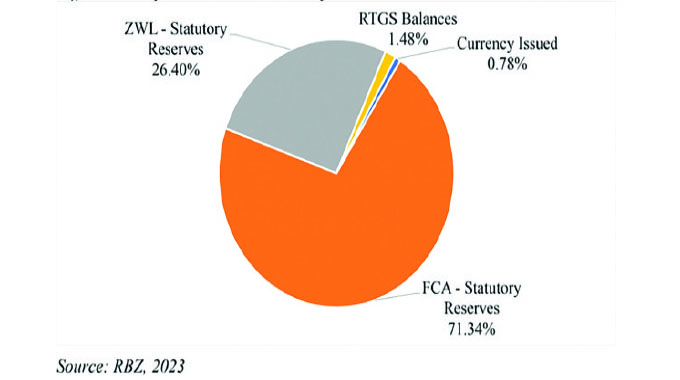Inflation closes 2015 in negative

Business Reporter
ZIMBABWE’S year-on-year inflation rate (annual percentage change) for the month of December 2015 as measured by the all-items Consumer Price Index stood at -2,47 percent, shedding 0,01 percentage points on the November rate of -2,46 percent.
Economists say the rate of inflation will sink deeper into negative territory, at least for the foreseeable future due to the appreciation of the US dollar against the South African rand (South Africa is Zimbabwe’s main trading partner), tight liquidity conditions and weak consumer demand. Further pressure will also be felt when new stock of fuel with reduced prices arrives on the local market.
Africa University economist Mr Thomas Masese said the fall in prices is a continuation of price corrections given the appreciation of the United States dollar and these factors will continue for the foreseeable future.
The downward trend will also be felt when the reduced fuel prices hit the Zimbabwean market.
Economist Mr Brains Muchemwa said the inflation figures show that deflationary pressures will persist much longer.
“The continued weakening of the rand, coupled with the weak consumer demand and tight liquidity have all ensured that deflationary pressures remain entrenched in the economy,” said Mr Muchemwa.
Continued deflationary pressures potentially have several negative effects on the Zimbabwean economy; consumption and investment demand could weaken further as real debt burdens increase; households anticipate further price reductions and firms face higher real interest rates.
In addition, nominal wage rigidities may reduce profit margins for domestic firms, putting a drag on domestic production.
The year-on-year food and non-alcoholic beverages inflation prone to transitory shocks stood at -3,71 percent whilst the non-food inflation rate was -1,89 percent.
The CPI for the month ending December 2015 stood at 97,07 compared to 97,18 in November 2015 and 99,53 in December 2014.
The month-on-month inflation rate in December 2015 was -0,11 percent, shedding 0,27 percentage points on November 2015 rate of 0,16 percent. This means that prices as measured by the all-items CPI decreased at an average rate of -0,11 percent from November to December 2015.
The month-on-month inflation rate is given by the percentage change in the index of the relevant month of the current year compared with the index of the previous month in the current year.
The month-on-month food and non-alcoholic beverages inflation rate stood at -0,21 percent in December 2015, shedding 0,25 percentage points on the November 2015 rate of 0,04 percent. The month-on-month non-food inflation rate stood at -0,06 percent, shedding -0,28 percentage points on the November 2015 rate of 0,22 percent.
Mr Masese said the falling prices have a direct upward impact on demand, given the static and falling incomes.
“Exports become competitive. On the other side a little bit of inflation is important as an incentive for producers.
“We hope that the ‘disflation’ does not turn into deflation, which is always difficult to get out of,” he said.
To the economy, the deflationary pressures mean that weak consumer demand and rising real costs of debts create serious challenges on the ability of the economy to sustain current employment levels, let alone create new jobs, according to Mr Muchemwa.








Comments